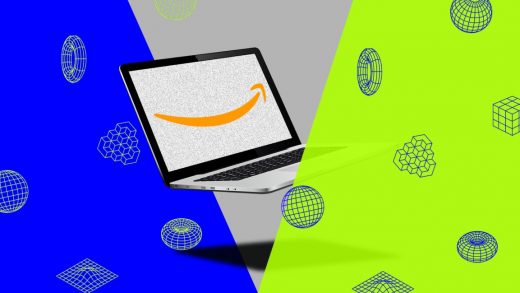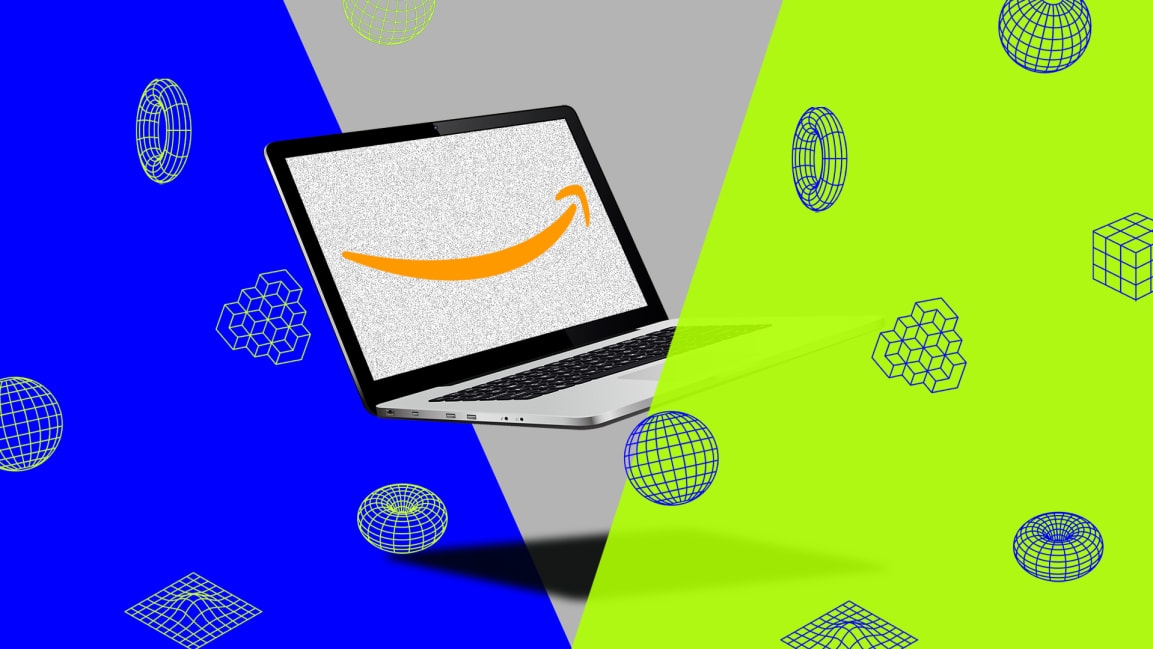AWS’s new CEO on its evolution from wild idea to $60 billion giant
About a decade in, it occurred to the company that the platform it had implemented might be useful to other businesses. It turned that epiphany into a new business, Amazon Web Services, that gave any organization pay-as-you-go access to storage, computing cycles, and—eventually—emerging technologies such as machine learning. Today, AWS has a run rate of nearly $60 billion in annual revenue and accounts for more than half of Amazon’s operating income; it might well be the most successful bet Amazon has ever made.
After helping to hatch AWS and then manage it until 2016, Selipsky left Amazon to run visualization software company Tableau. When Jeff Bezos named AWS CEO Andy Jassy to replace himself as Amazon CEO, Jassy recruited Selipsky to return as AWS’s new chief. In a keynote for the Fast Company Innovation Festival, Fast Company editor-in-chief Stephanie Mehta spoke with Selipsky about AWS’s past and present, and the opportunities and challenges ahead.
The pandemic as accelerant
Like every company, AWS saw its business go through abrupt, epoch-shifting change when the COVID-19 pandemic struck in early 2020. In its case, the impact reflected the disruption that AWS customers and potential customers were experiencing. For some—like those in the travel industry—the pandemic was wrenching. But overall, Selipsky says, it has served as an accelerant for the types of ambitious technology projects that organizations turn to AWS to help enable.
“The most important thing that’s happened is that so many companies have just understood that they must undergo a digital transformation, and it has become fundamental to who they’re going to be in the future,” he told Mehta. “If you didn’t think you were a digital company in February of 2020, you figured out in March and April that you actually were. And so we’ve worked even more closely with so many different companies to map out that path.”
In some cases, AWS has assisted customers with urgent needs, such as spinning up cloud-based call centers to deal with spikes in customer-service needs, Selipsky said. In others, its services are powering migrations that will take years to complete. And some companies are still figuring out what the whole idea of “digital transformation” means to them. “They’re coming to us, sometimes with very specific goals in mind, but very often saying, ‘Hey, AWS, you’ve seen this before across a lot of different companies and industries, you’ve been doing this since 2006, much longer than anybody else—you help us decide what that journey looks like,’” said Selipsky.
Customers inside and out
AWS didn’t just originate as a new way to leverage the computing services that Amazon had built for itself. Today, Amazon’s manifold other arms call on AWS to power everything from the company’s namesake online store to the Alexa voice assistant to online ads. “We’re really proud that we help those teams,” Selipsky said. “They’ve got brilliant people who are highly innovative.”
Still, it’s the external customers that will keep AWS growing. And given Amazon’s far-flung ambitions, Mehta asked Selipsky whether it’s problematic that companies that compete with it in one way or another might be unwilling to consider doing business with AWS.
Though Selipsky acknowledged a few high-profile instances of AWS’s ownership by Amazon costing it business, he said that these are outnumbered by examples of it being a non-issue. “AWS has big and deep relationships with folks like Netflix, Hulu, Disney Plus, and HBO, even though there are other parts of Amazon that might compete against them,” he said. “Or if you look at retail, for example, you’ve got Nike, Brooks Brothers, Shop Direct, Instacart, and Zulily.”
Actually, Selipsky says, other Amazon divisions that create products on top of AWS services have been known to get jealous of third-party users: “Occasionally, some of the folks from some of those groups say, ‘Hey, is it possible that you’re treating some of the external customers with more care than we get treated?’ I’m here to tell you it’s not true, but just to show you that we are maniacally focused on our external customers.”
AWS itself faces plenty of competition—most notably from Microsoft, whose Azure services have become a fast-growing second-place player in the cloud-computing business Amazon created. But its future growth may be constrained less by competitive dynamics than its ability to keep up with the opportunities ahead. “I make a joke about a day in the life of a bit,” Selipsky told Mehta. Any given piece of data in the world may get ingested somewhere and then travel to the cloud, where it can be stored, transformed, analyzed, cleaned, visualized, and shared. The possibilities are so endless that AWS isn’t going to run out of additional ways to help organizations wrangle all that information.
“I still think there’s a lot of building-block components that are left to build and a lot of abstracted capabilities on top of those building blocks to make that process a lot easier, a lot faster, a lot more convenient, so you can get to better decisions faster,” Selipsky said. “Those are a couple of the product areas, and there are many others where we have a lot of work still to do.”
(35)



